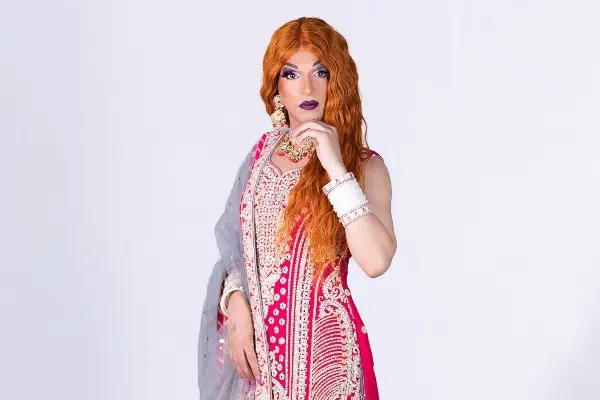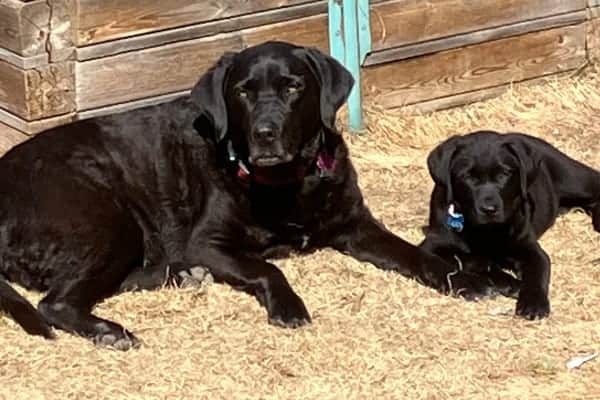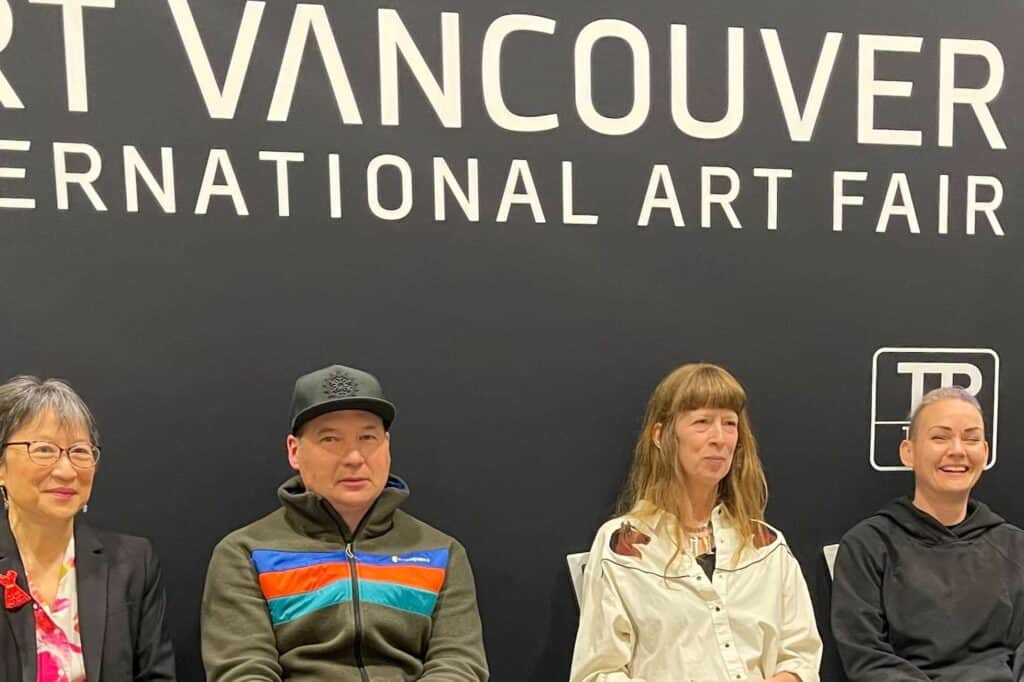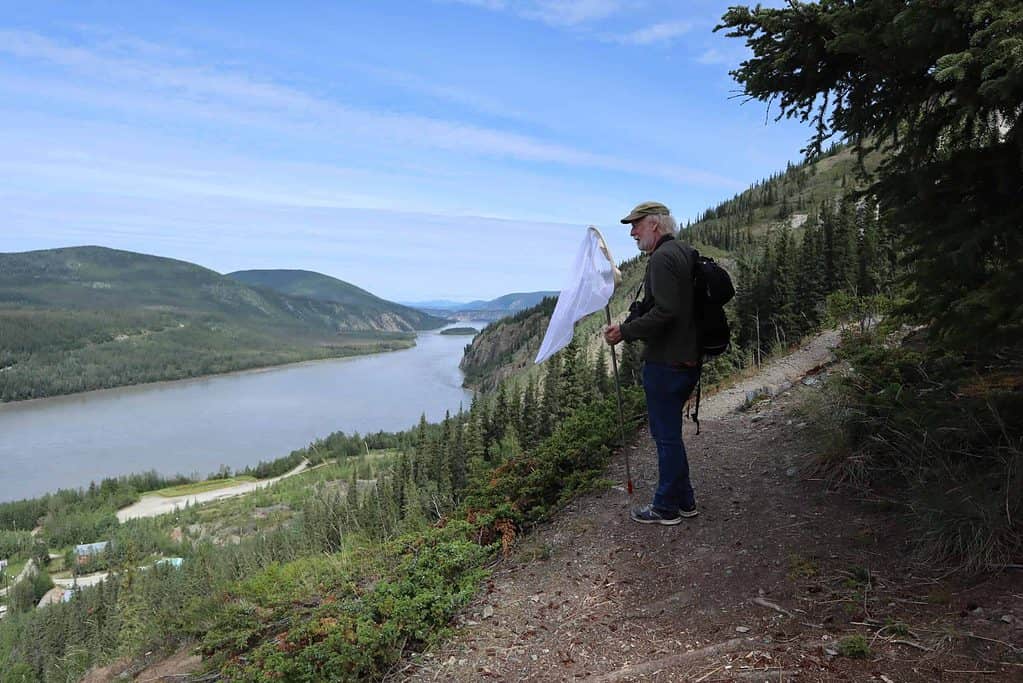Melissa Carlick learned about residential schools in a class, First Nations 100, during her
first year at UNBC in Prince George. Afterward she asked her dad, and found out that he went to Lower Post when he was a child. “It made sense when I found out,” she says. “That’s why I don’t know my language.”
It explained the trouble she saw around her, extended families not taking care of their kids. She gets why her dad didn’t tell her about his education until she asked. “I don’t think I should have known. I didn’t need to know. He protected me.”
When she found out about residential schools, Carlick was angry and sad. And it drove her to study the mental impact cultural appropriation has on youth.
Adeline Webber attended the Yukon Baptist Mission School, Whitehorse’s residential school. It used to stand across from where the High Country Inn is now. When Webber went to a Truth and Reconciliation meeting in Vancouver a while ago, she noticed former residential school students from other places had documentation of their experience. Webber knew there was nothing like that for the Whitehorse school.
So she decided to gather the documentation. She got money for the project from the Anglican Church fund, and from the Yukon Government. Someone told her that Melissa Carlick would be a good archivist. And she is.
Carlick says it’s fun to gather all the old photos and documents from 1947 to 1962; the period the Whitehorse school was open. “It’s just like being in school.”
The project is called Finding Our Faces. Carlick works at her day job, for the Kwanlin Dun First Nation, then goes to the Whitehorse Aboriginal Women’s Circle office at the end of the day to work to organize the photos and stories she’s gathered so far, material that will become a book, like the Finding Our Way Home book the Tr’ondëk Hwëchin made. “That book is a trailblazer,” she says.
The first part of the project was the gathering of the physical documents and photos, mostly from Yukon Archives, but the Whitehorse Baptist Church gave her a few boxes of things. Then she did Internet research. The next phase was where Carlick got old student to come in and identify the photos. They could tell stories if they wanted to. Carlick says it was neat to see people looking over old photos of themselves. They’d never seen photos from that time. People would show her photos and say to her: “That’s your grandpa. He’s sitting by your grandma. Can you tell they’d end up together?”
Carlick never learned about residential school in high school history. It was all, “Columbus landing in America and meeting the natives”. But these days she thinks it can become part of the curriculum. “There’s support in place for it now,” she says. “It’s important to know this happened. It’s happening here. We’re still living, we’re healing.”
When Finding our Faces becomes a book, Carlick says it will reclaim some of the history; change how it’s told. She says it’s healing through storytelling. There is a big workshop being held on Feb 6 and 7. Carlick rented out a hall in Whitehorse. Old students will come from Pelly, Carmacks, Watson Lake, Dawson, Telegraph Creek, Marsh Lake, Ross River, and Edmonton. They’ll look over old photos and tell stories. There will be keynote speakers, and support counselors on hand.
There will be a big wrap up dinner. Carlick planned it herself. It will be a traditional feast with community dance groups and storytelling. There will be stick gambling, and people will be jamming. All the things residential schools tried to take away. Carlick smiles and says it’s being held at the Whitehorse Baptist Church. She asked the church if she could host there and they said, “Here’s the key”.
“This is huge, just sitting here talking about it,” says Carlick. “People have been carrying it with them for so long. Now they can tell their story and get themselves grounded.
“This kind of thing helps.
“There are so many social problems, kids in care.
“If we can help a handful of people, we’re winning. We’re moving forward.”




